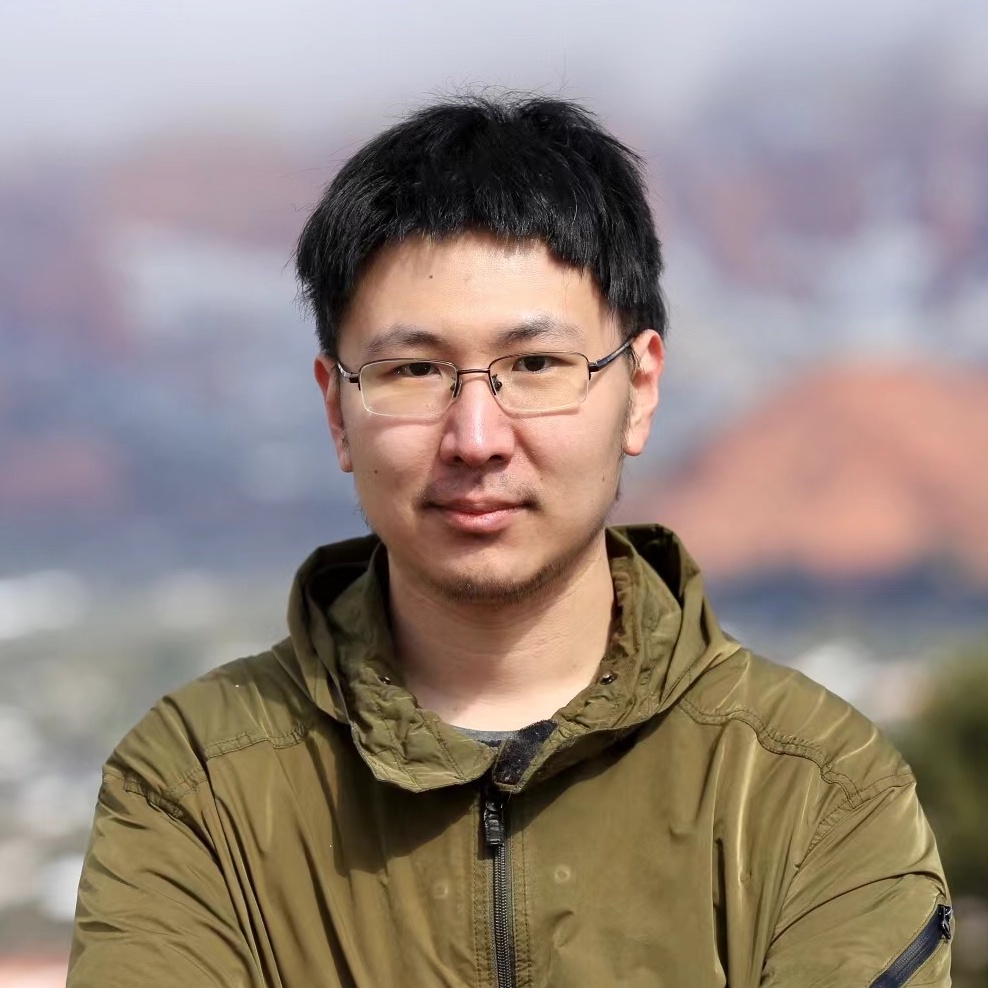Abstract: Over the past decade, our knowledge of the formation and evolution of massive galaxies has been greatly expanded with the Atacama Large Millimeter/submillimeter Array (ALMA). With its unprecedented sensitivity and angular resolution, I study the stellar and dust components of dusty star-forming galaxies (DSFGs) at z=1-6. At z=1-3, the majority of DSFGs host compact dust continuum emission when compared with their stellar components. However, this is not the case for certain DSFGs with relatively low millimeter surface brightness, and I provide a physical explanation for these systems. At z=3-6, the DSFG population is dominated by optical/near-IR-dark galaxies that are typically undetectable with the Hubble Space Telescope. These galaxies are compact in both stellar and dust components, tracing the early phase of massive galaxy formation. Such galaxies can also trace overdense galaxy environments and massive dark matter halos, which is demonstrated through my case study of HDF850.1 at z=5.18, the most luminous DSFG in the Hubble Deep Field.
With the James Webb Space Telescope (JWST), the study of galaxy formation at z>~6 has been rapidly revolutionized. I highlight my contribution to the successful commissioning and calibration of the wide-field slitless spectroscopy (WFSS) observing mode of JWST/NIRCam, which enables one of the first direct detections of rest-frame optical emission lines ([O III] 5007, Hα) from normal star-forming galaxies in the Epoch of Reionization (EoR). I obtain the first direct measurement of [O III] and Hα luminosity function at z>6, confirming the ubiquity of strong emission-line galaxies in the early Universe. I demonstrate that the NIRCam WFSS mode is highly efficient in spectroscopically confirming star-forming galaxies and large-scale overdense environments at high redshifts (z=5-9). This sheds light on highly complete spectroscopic surveys of galaxies towards the EoR, which will further transform our understanding of massive galaxy formation and evolution in the upcoming decade.

